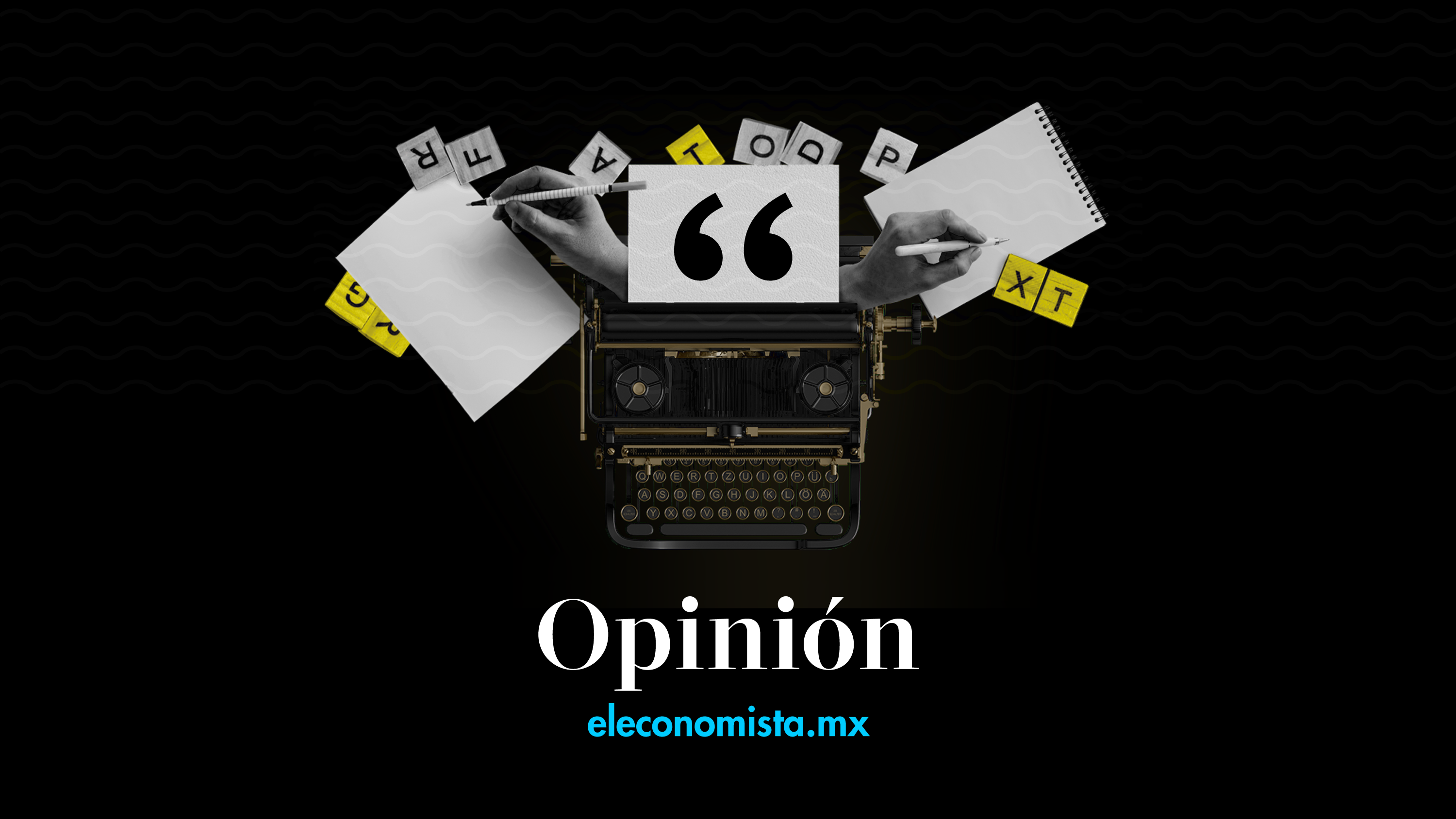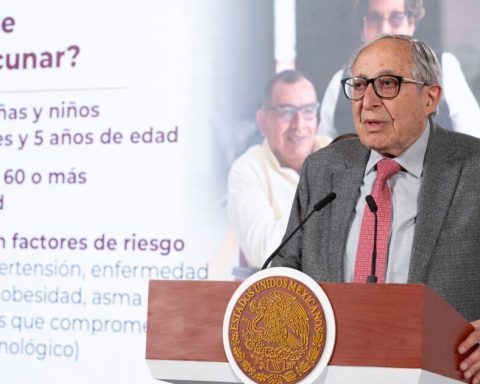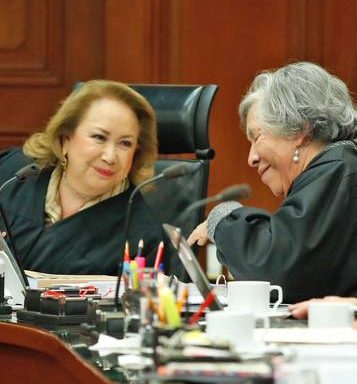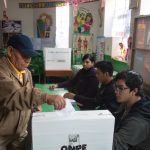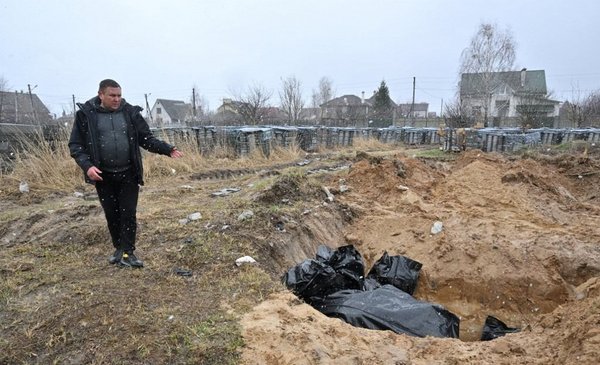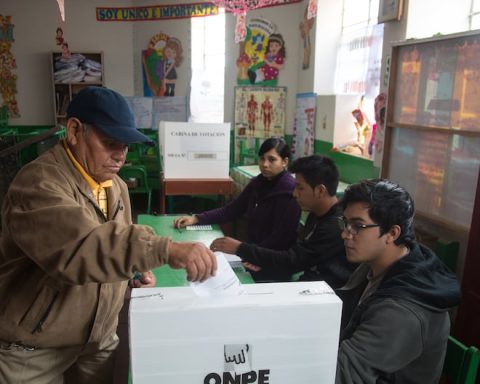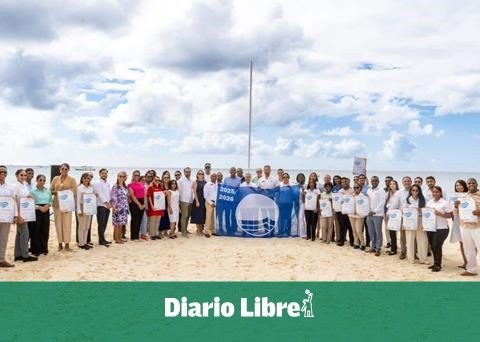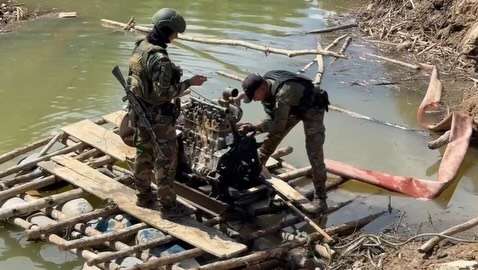A few days ago, the President of the Republic argued that the violence that exists in the country is isolated and only in specific territories, but that the incidence of crime in general showed a decrease. The reality is that, in effect, the violence and the number of violent events that have occurred recently tells us something else: Michoacán, Zacatecas, Tamaulipas, Guanajuato, Guerrero, Sonora, Quintana Roo, Chiapas, State of Mexico, Baja California, just to name a few, but the list is long.
Violence and conflicts between criminal groups occur every day, and with it, the increase in homicides, social instability, economic losses and changes in the dynamics of citizens, who, in order to protect themselves and not become collateral damage, have to seek means to protect themselves and avoid risk situations. Thus, in effect, violence is experienced every day, beyond the attempt to justify it behind the conflict that exists between criminal groups, violence is violence and homicides beyond the causes that provoke them, are an irrefutable fact.
Suddenly, with these statements, it seems that the world that lives from the presidency fails to glimpse the magnitude of the problem. Risk situations are experienced daily in the country, and at the same time, the strategies to contain and eradicate violence are practically impossible to give results and it is neither the fault of the media for disseminating them nor of the citizens from different fronts for denouncing them. We currently have a military deployment that has failed to contain local, regional and state violence. This added to the fact that in accordance with the official discourse, as declared by the Presidency, 75% of the homicides in the country are due to “clashes between criminal gangs” due to the sale and consumption of drugs – a situation that has been justified in the same way in the last 17 years-, and that, in turn, has kept us some days with peaks between 90 and 100 murders per day.
On the one hand, we could agree that the problem is focused on the sale of drugs and the cooptation of strategic points for their transfer, but, on the other hand, we cannot ignore an inability to confront, contain and dismantle the criminal logics at the local, regional and state levels, which make violence a vital resource to achieve their objectives. In this sense, the problem of violence, beyond a lawsuit between criminal gangs, corresponds to a problem of strategic management around how criminal groups are contained and controlled. Beyond a social problem, it is a problem of the exercise and application of the law, beyond a moral problem, it corresponds to an issue of impunity, where criminals are not arrested and investigations into crimes rarely reach to good port.
It is important to think that, depending on the forms of exercising strategies to contain crime, the results of criminal logics are organized to resist. In this case, it seems that the criminal gangs, in some localities, operate as if they were the law themselves, without any authority being willing and prepared, not only to confront them, but also to contain and weaken them. The problem goes beyond clashes between gangs over the sale and consumption of drugs, don’t you think?
